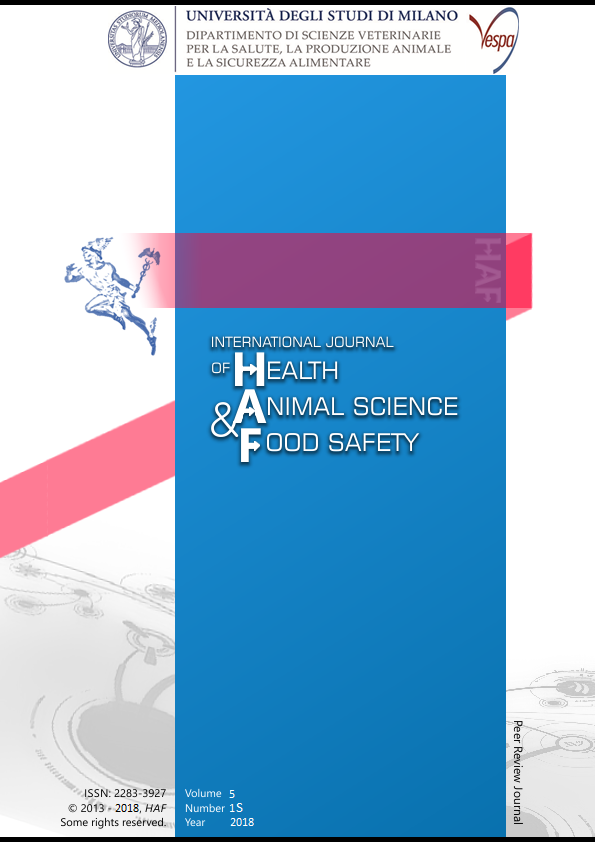Abstract
Knowledge of host-pathogen interactions at molecular level is crucial for understanding of pathogenesis, disease prevention and cure. Here Borrelia is presented as a model neuroinvasive pathogen which employs vast immune evasion mechanisms like - drastic change in antigenic proteins, complement regulatory protein binding, antigenic variation etc. It is proposed that Borrelia may employ multiple strategies to evade host's complement system by binding complement regulatory proteins like factor H, vitronectin, C4BP and CD59. Amplitude of these mechanisms, their pathogen species dependent disparity, and characterization of interacting proteins from both sides (host and pathogen) will be presented during VAS presentations. Borrelia is also capable of invading central nervous system (CNS) in hide in the immune privileged site – the CNS. To do so it must cross the blood brain barrier (BBB). The mechanisms of the BBB crossing of this organism, like many of the other CNS invading pathogens, are still subject of on-going research. Our decade of research indicate the paracellular mechanism of the BBB penetration of Borrelia. Paracellular penetration of pathogen needs multiple protein:protein interactions between pathogen surface proteins and endothelial cells. The second part of my presentation in VAS will be dedicated to mechanisms employed by Borrelia to modulate cell signaling events in brain microvascular endothelial cells to cross the BBB. This presentation will also give sneak peak of several state-of-the-art technologies in genomics and proteomic used to understand the mechanisms of neuroinvasive and complement evasion by Borrelia. I hope that doctoral fellows will take advantage of the experimental pipeline that will be presented in VAS and apply successfully in their researchThis work is licensed under a CC BY-SA 4.0 international

